While mushrooms are delicious in recipes such as risotto and chicken marsala, they seem considerably less appealing when they appear on the lawn you have invested a lot of time, energy, and money in maintaining. However, it is an indication that your lawn is healthy, so you only need to act on removing them if their sight bothers you.
You Will Read
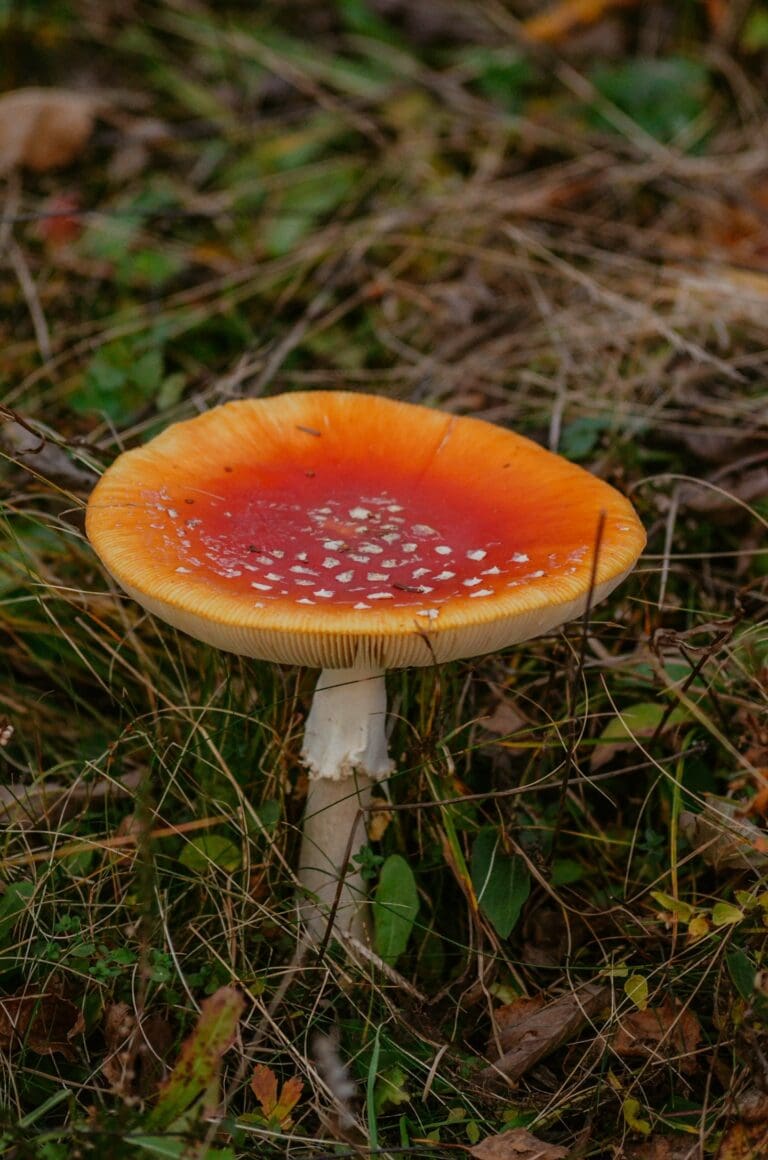
What Is a Lawn Mushroom?
Mushrooms on your lawn indicate healthy soil and can break down organic material into nutrients. They come in various types, including umbrella-shaped toadstools. Keep pets and children away from them, and wear gloves for safety.
How to Identify Common Lawn Mushrooms
Most lawn mushrooms are not poisonous, but identifying them is vital for kids or pets. Look at height, diameter, stem color, and distinctive markings, and compare them to online photos. A few of the most common lawn mushrooms include:
Inky Caps
Inky caps have tall, bullet-shaped caps and black spores.
Puffball Mushrooms
These mushrooms are white, globular, and can grow up to six inches an hour.
Stinkhorn
Stinkhorn mushrooms grow rapidly and can attract pests but they disappear quickly.
Mower’s Mushroom
Mower’s mushrooms are small, tan-to-medium-brown with slender stems and slightly rounded conical caps.
Fairy Rings
Fairy rings, a fungal lawn disease, can be present without mushrooms or with discolored grass. If you notice any of these signs, contact a lawn care professional for help.
Milky Conecap
Milky Conecaps are milky white when young, turning a pale beige with a thin, smooth cap that often splits at the edges.
Birds Nest
Birds nest mushrooms look like a brown, gray, or white “nest” with small brown or white “eggs” inside.
Death Cap
Death caps are usually on the larger side, with white gills that do not attach to the stalk and may have a yellow or green tint on the cap.
Meadow Mushroom
Meadow mushrooms start out white with light pink gills that darken to a blackish brown.
Flowery Blueit
Flowery blewits are pale beige, turning to pinkish brown and grow low to the ground.
Yellow Fieldcap
Yellow fieldcap mushrooms start out bright yellow, quickly fading in color as the caps flatten out.
Ivory Funnel
Ivory funnels have ivory-colored, powdery caps and a delicate funnel shape.
Death Angel
Death angel mushrooms are pearly white stems with swollen bases and white spores.
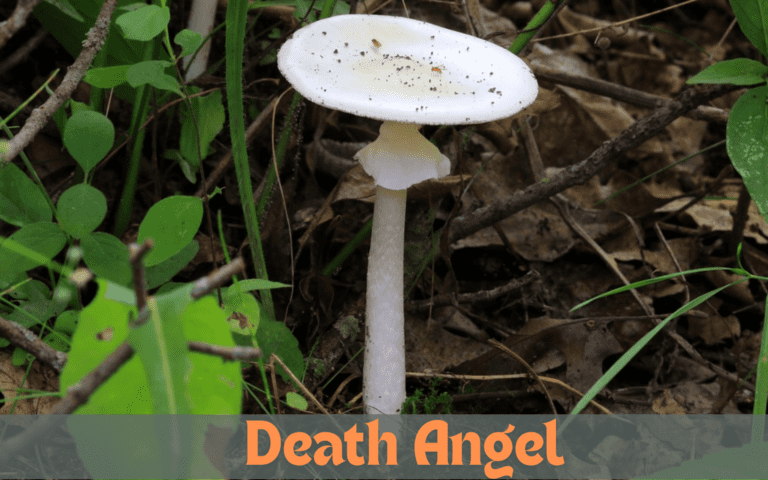
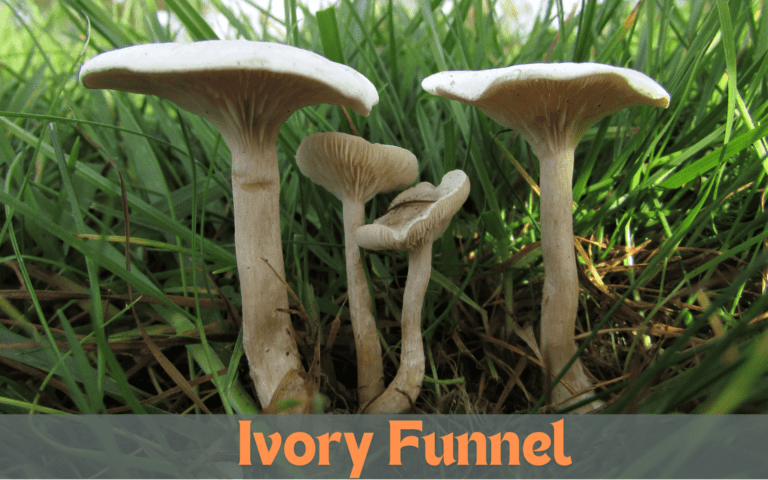
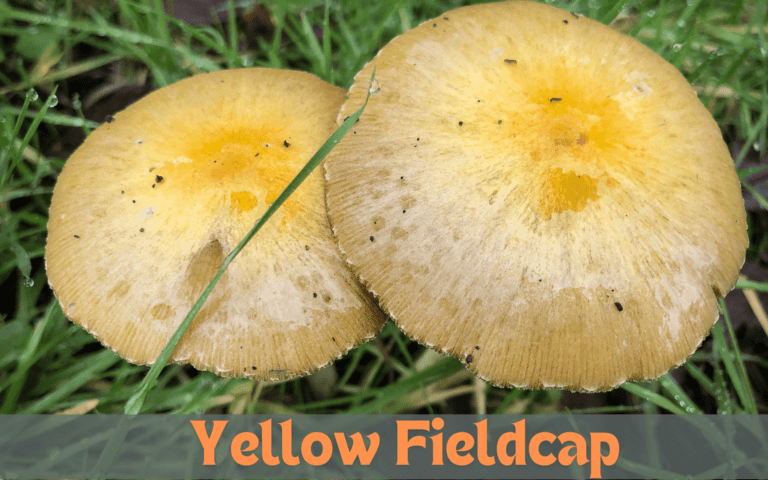
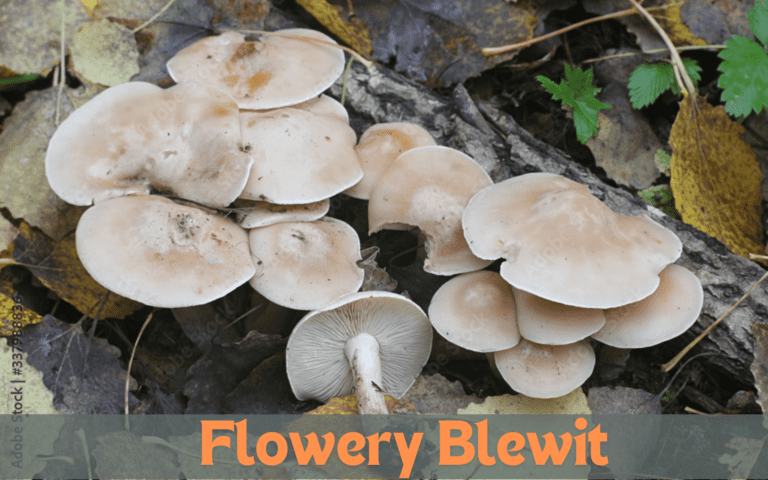
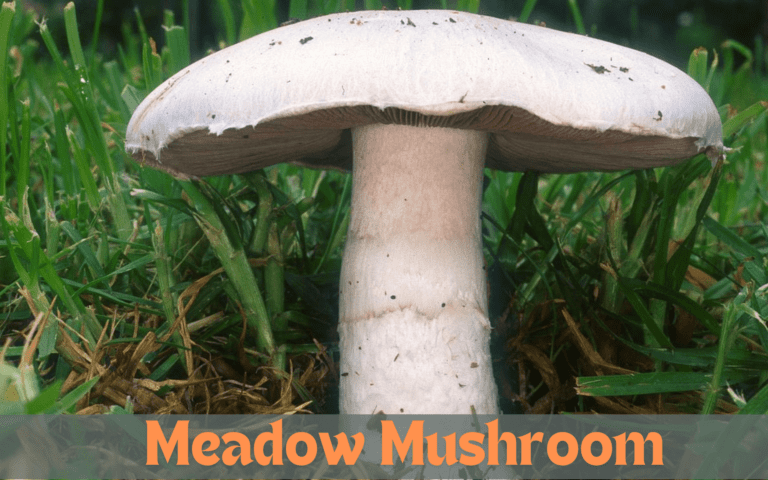
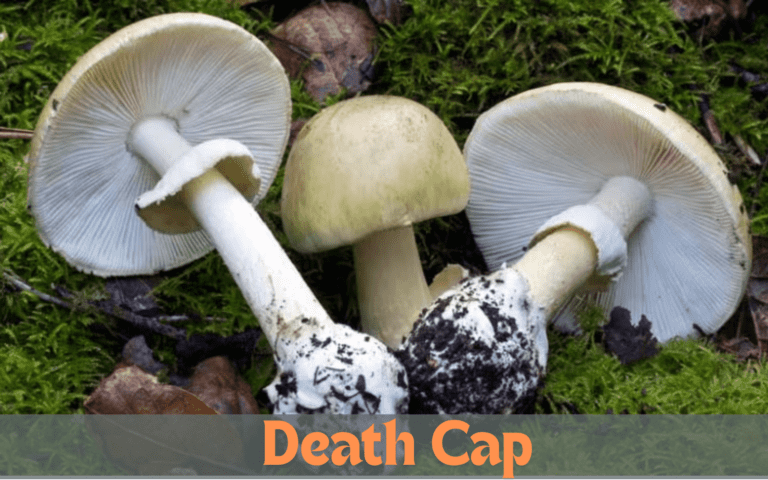
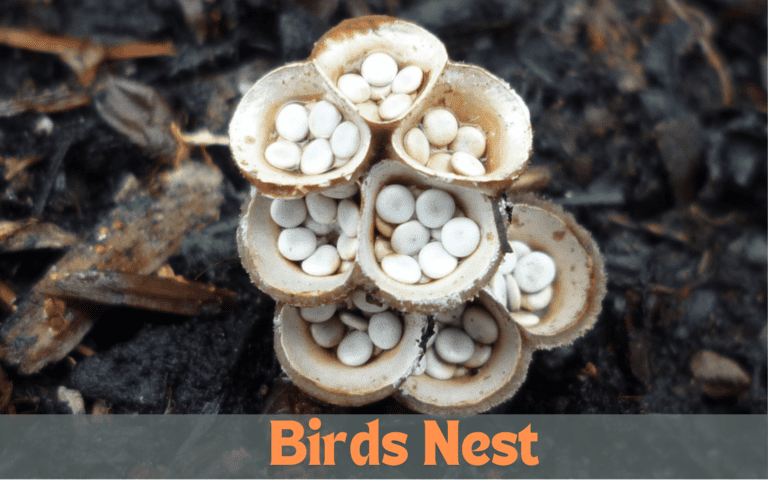
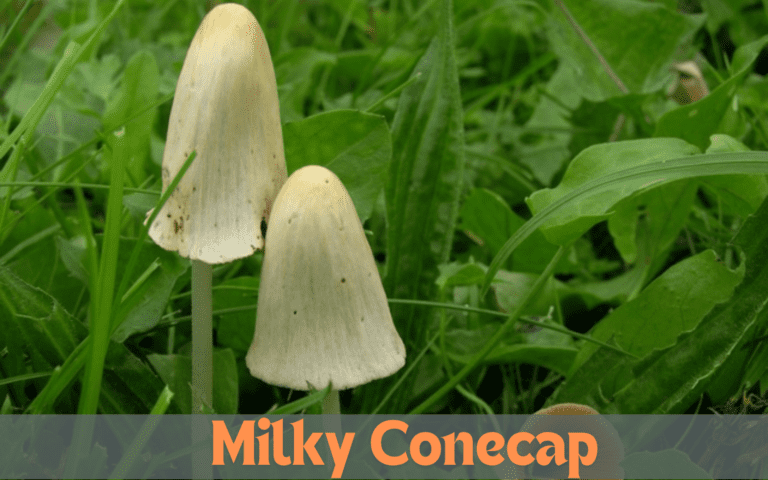


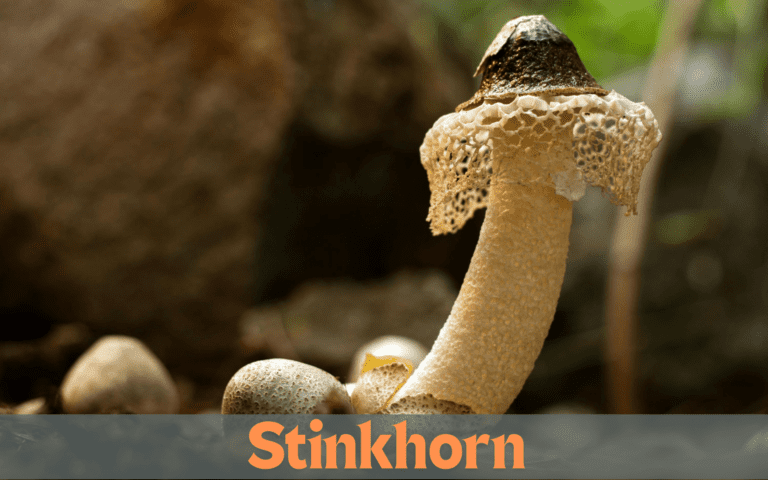
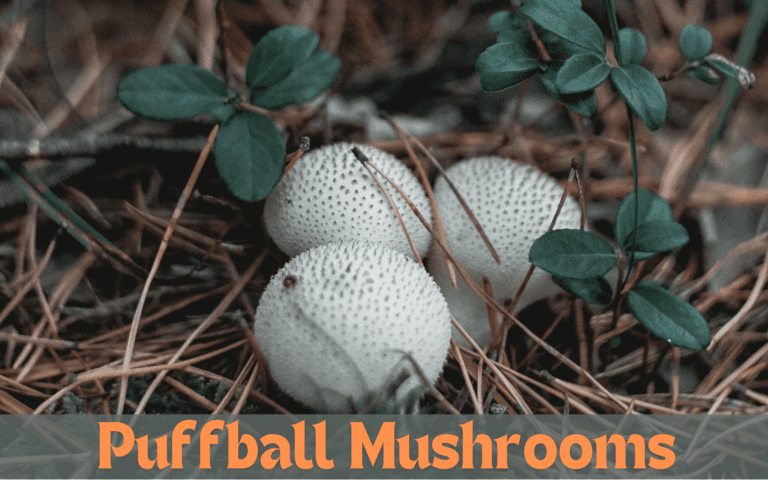
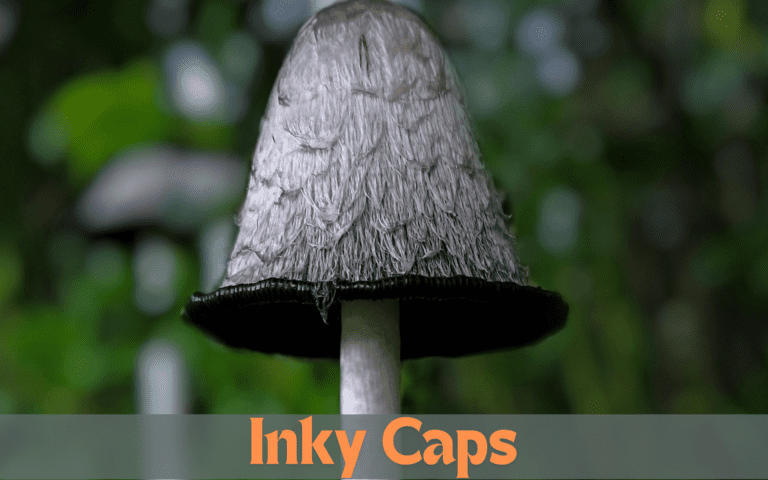
Reasons Why Mushrooms Are Growing in Your Yard
Healthy Soil
Mushrooms thrive in rich organics that decompose, indicating abundant fungal life.
Over-Decaying Matter
Over-fertilization with compost or manure can lead to overpopulation, disrupting the ecosystem.
Damp or Over-Watered Lawn
Inadequate drainage and excessive water collection can attract mushrooms. Heavy watering can also trigger mushroom growth.
Increased Humidity and Temperatures
Higher humidity and temperature levels can trigger mushroom outbreaks in the hot summer months. Ideal conditions for fungal growth are damp, warm areas with abundant organic matter.
Mushroom Removal Before Mowing
Mushrooms reproduce by releasing spores, which can be removed naturally.
Too Much Shade
Mushrooms thrive in dark or semi-dark conditions, indicating shady conditions may be a potential breeding ground for mushrooms.
Airborne Spores
As they mature, spores disperse in the air, landing in the yard. These spores lay dormant until conditions are right, proliferating and repeating the cycle.
Common Misconceptions About Lawn Mushrooms
- All mushrooms are poisonous to the touch. This is not true. Other than rare skin allergies, toxic mushrooms are only harmful if ingested.
- You can control mushrooms by spraying the soil with lime. This is not true. Applying it can increase soil pH, making it more alkaline. However, mushrooms are indifferent to soil pH and can grow as readily in alkaline soil as neutral or acidic ones.
- Fungicides don’t eliminate mushrooms themselves, just the fungal diseases that exist on the leaves and stems.
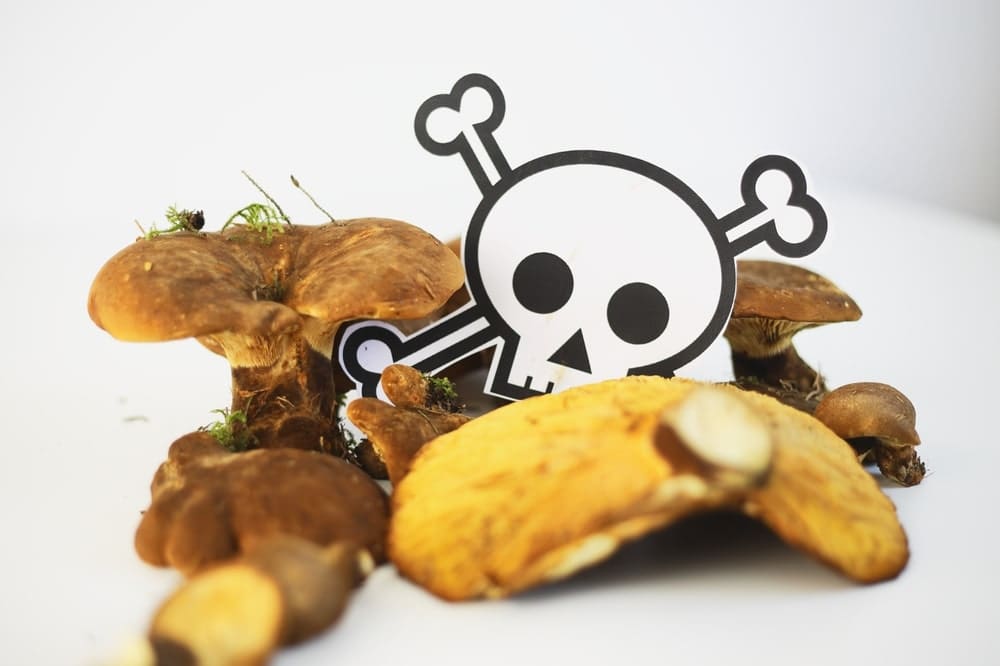
How to Get Rid of Mushrooms on Your Lawn
There are many methods to help minimize mushroom growth on your lawn.
Nitrogen Fertilizer
Apply nitrogen fertilizer to your lawn. Nitrogen speeds up their growth and shortens their lifespan, so they’ll disappear quicker.
Don’t Over-Water
To minimize fungal growth, ensure proper soil drainage, reduce thatch, and aerate the lawn.
More Sunlight
Soak the area in sunlight when possible and remove decomposing plant material to cut off the mushrooms’ food source.
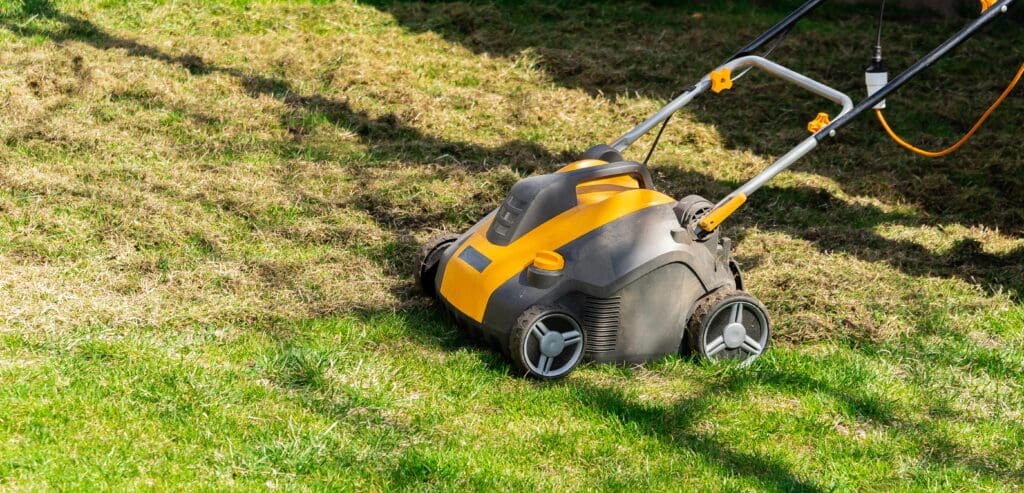
Dethatch and Aerate
Scarify or dethatch your lawn to reduce thatch. Aerate your lawn to loosen soil compaction and improve water and air movement into the ground.
Clean Up
Pick up leaves, tree trunks, twigs, and animal waste to reduce the decaying matter that mushrooms thrive on.
Mow or Rake
Collect grass clippings when you mow or rake them afterward.
Dig Them Up
Dig the mushroom clumps out using a garden spade or shovel.
Ned’s Lawn Treatment, formerly Go Green, offers comprehensive residential lawn care services in Pennsylvania, New Jersey, Delaware, and Maryland. We prioritize customer satisfaction and lawn health, and we provide expert pest control solutions. Our team focuses on preventing and eradicating bugs and rodent infestations, ensuring home and environmental safety.
FAQs on Lawn Mushrooms
1. Is it OK to have mushrooms on your lawn?
Mushrooms are an indication that your yard has a lot of organic material in the soil. Mushrooms help break down that organic material and make your soil more productive. If your shade and drainage aren’t real problems, you can always just knock the offending mushrooms over and wait for the sun to come out.
2. Are lawn mushrooms poisonous to dogs?
Pets have been known to eat mushrooms in yards and while on walks. While 99% of mushrooms have little or no toxicity, the 1% that are highly toxic can cause life-threatening problems for pets. Take extra care to keep pets away from areas where mushrooms might be growing.
3. Do mushrooms mean bad soil?
Mushrooms are the reproductive structures of fungi and may indicate healthy soil for trees and other plants to grow in.
4. Will mowing over the mushrooms spread them?
You can eliminate the visible mushrooms by knocking them over, raking them, or even mowing them. But that may tend to spread the spores around and lead to more mushrooms growing.
5. Should I remove mushrooms from my lawn?
While not all mushrooms are poisonous, some mushrooms do good for the overall growth of your lawn. Here are two reasons why some gardeners keep mushrooms around: Mushrooms are a sign of healthy soil. Mushrooms provide additional nutrients for your soil.
6. Do mushrooms in the lawn mean too much water?
Too frequent watering keeps the grass wet and promotes fungal growth. If you’re seeing mushrooms in your yard, you might be overwatering. Irregular brown patches on your lawn might not mean it’s thirsty but that it is infected with anthracnose, which is another fungus that infects wet grass.
7. Why do I have so many mushrooms in my yard?
Mushrooms are an indication that your yard has a lot of organic material in the soil. Mushrooms help break down that organic material and make your soil more productive. If your shade and drainage aren’t real problems, you can always just knock the offending mushrooms over and wait for the sun to come out.













